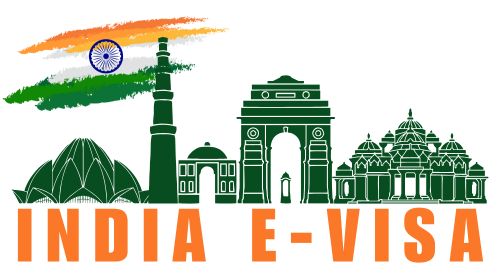FAQs
Frequently Asked Questions (FAQs) about Indian Visas
No, you cannot apply for multiple India visas with the same passport number, document type, and issuing country. Submitting multiple applications may result in complications and delays in processing. It’s best to wait until your current visa expires before applying for a new one. Repeated applications could lead to rejection, and application fees will not be refunded.
You can verify the status of your India e-Visa by visiting the official Indian Government website or through the portal where you applied. Simply enter the necessary details, such as your passport number and application ID, to check the validity of your visa.
If there’s an issue with the printed details on your approved visa (like incorrect characters), you should contact the issuing authority or visa service provider immediately. They can correct and resend the updated PDF.
As long as the Indian visa in the expired passport is valid, your son can travel with both his new and old passports. However, the visa must be presented alongside the new passport at the immigration checkpoint. Ensure both passports are kept together during travel.
As of February 13, 2023, the mandatory self-declaration on Air Suvidha for international arriving passengers has been discontinued. Travelers no longer need to submit this declaration.
Yes, the Indian Government has restored the long-term tourist e-Visas. You can now apply for a 5-year (60 months) or 1-year e-Tourist Visa to travel to India, making it easier for frequent travelers to plan their visits.
The Indian Business e-Visa is typically valid for 1 year (12 months) from the date of approval. This visa allows multiple entries into India within that validity period, with each stay typically limited to 180 days.
